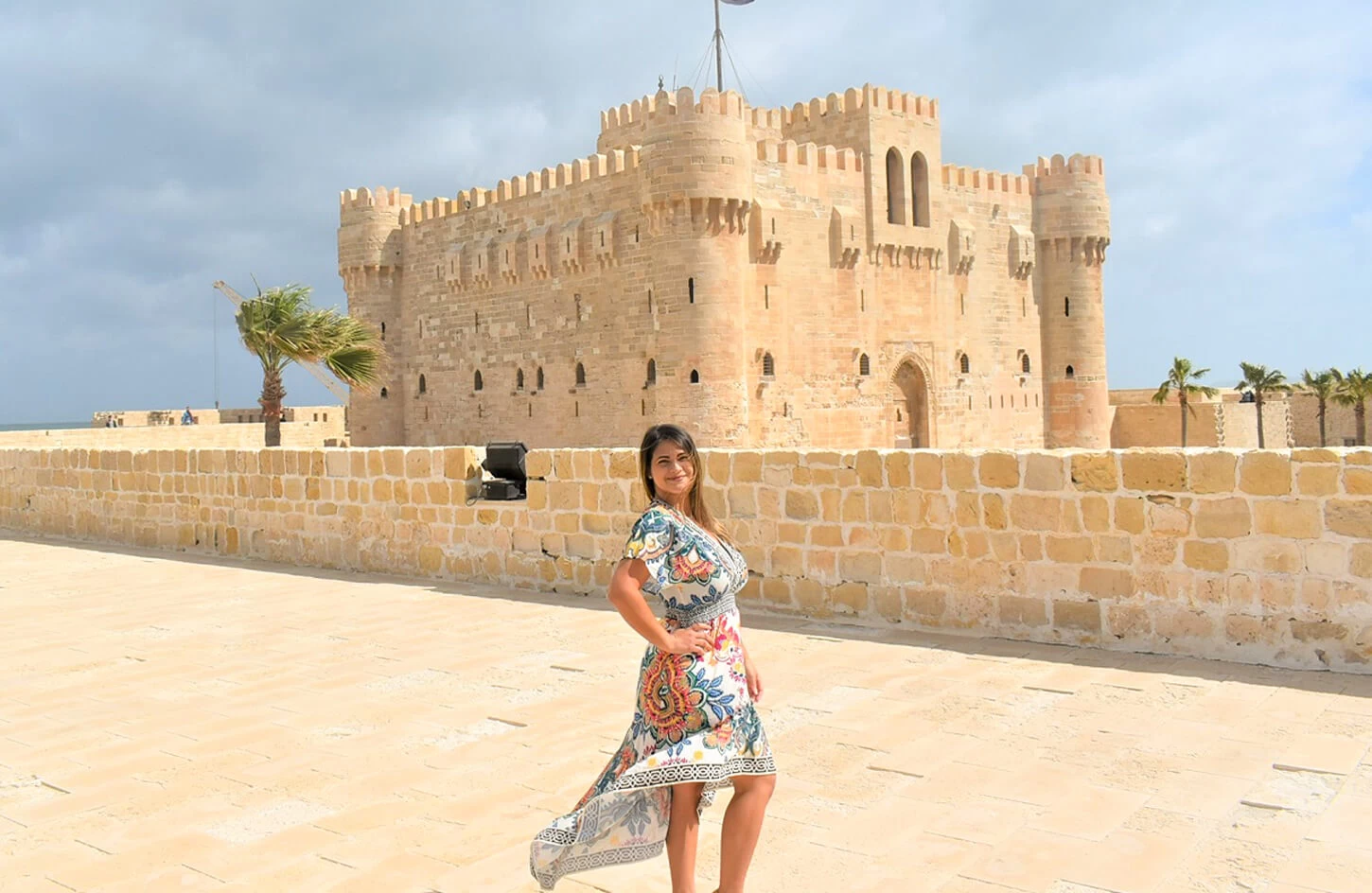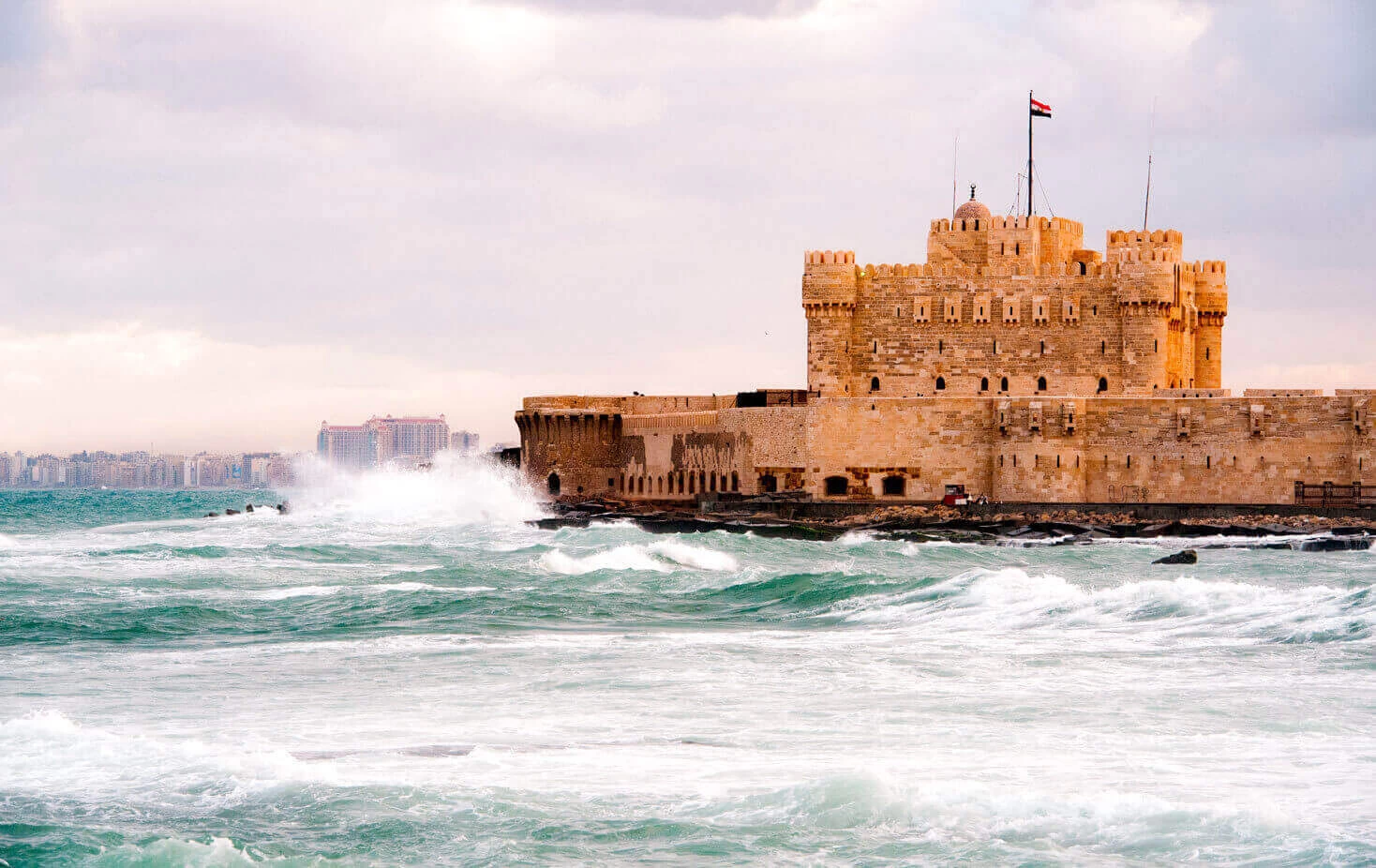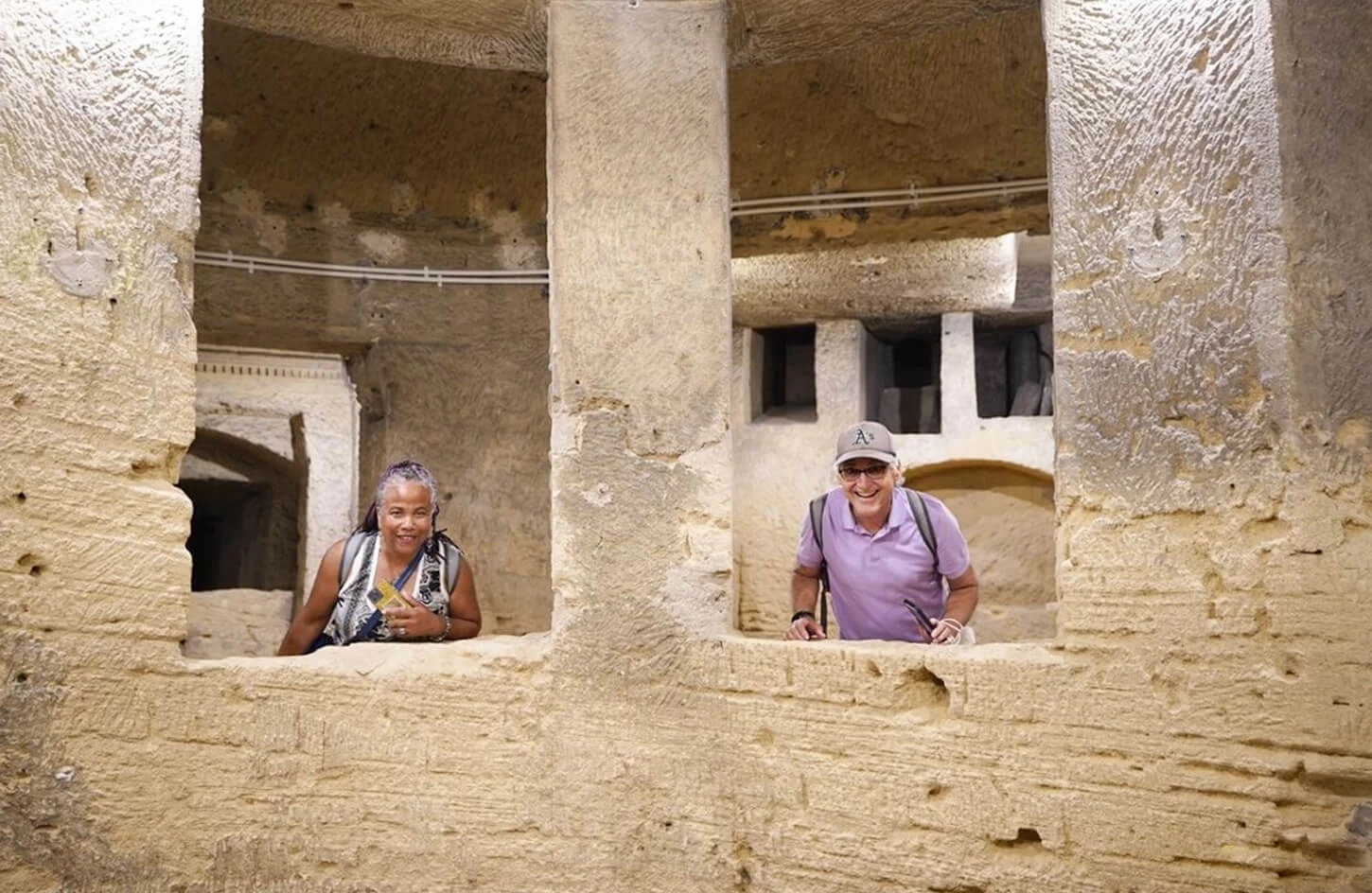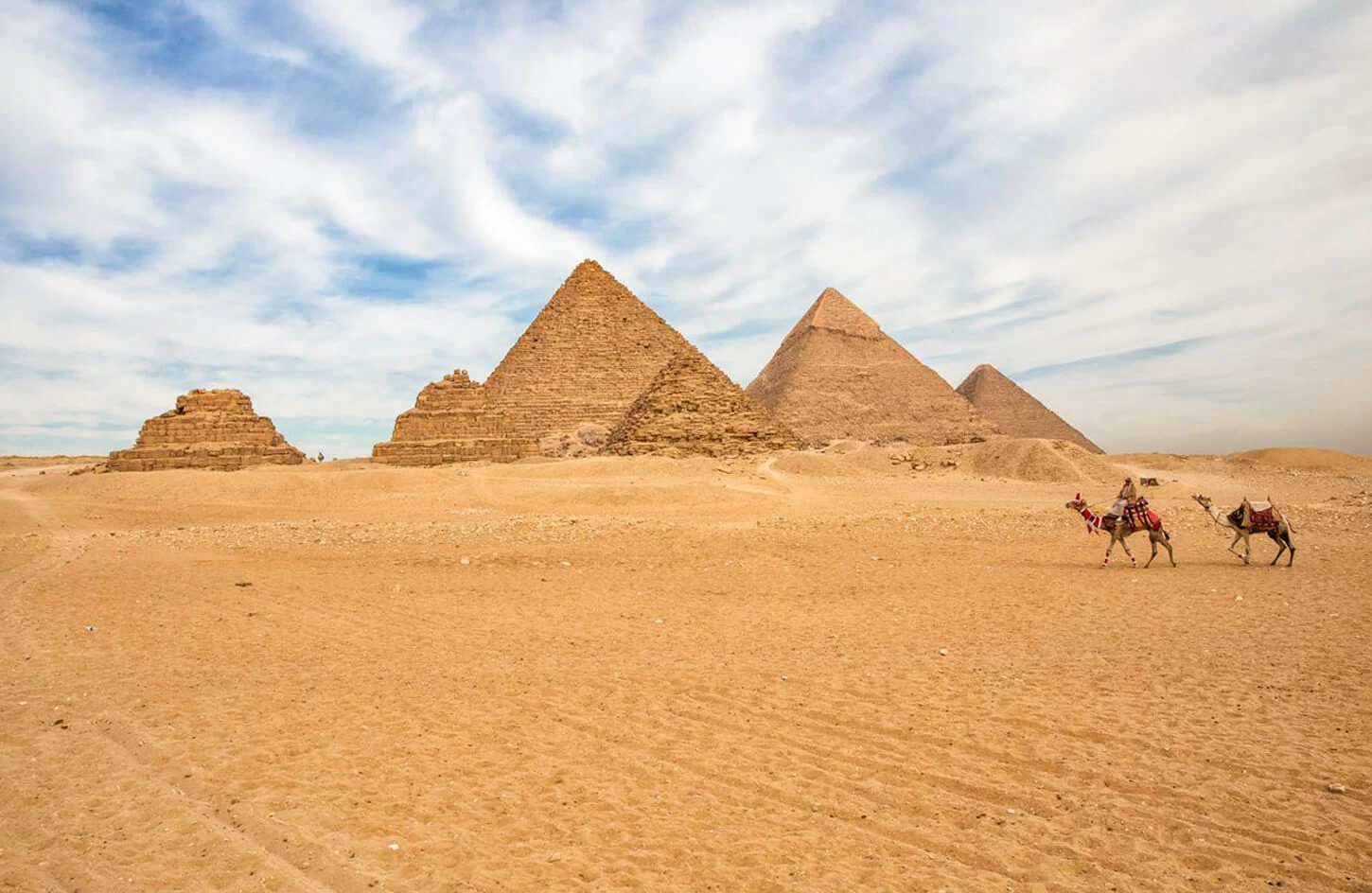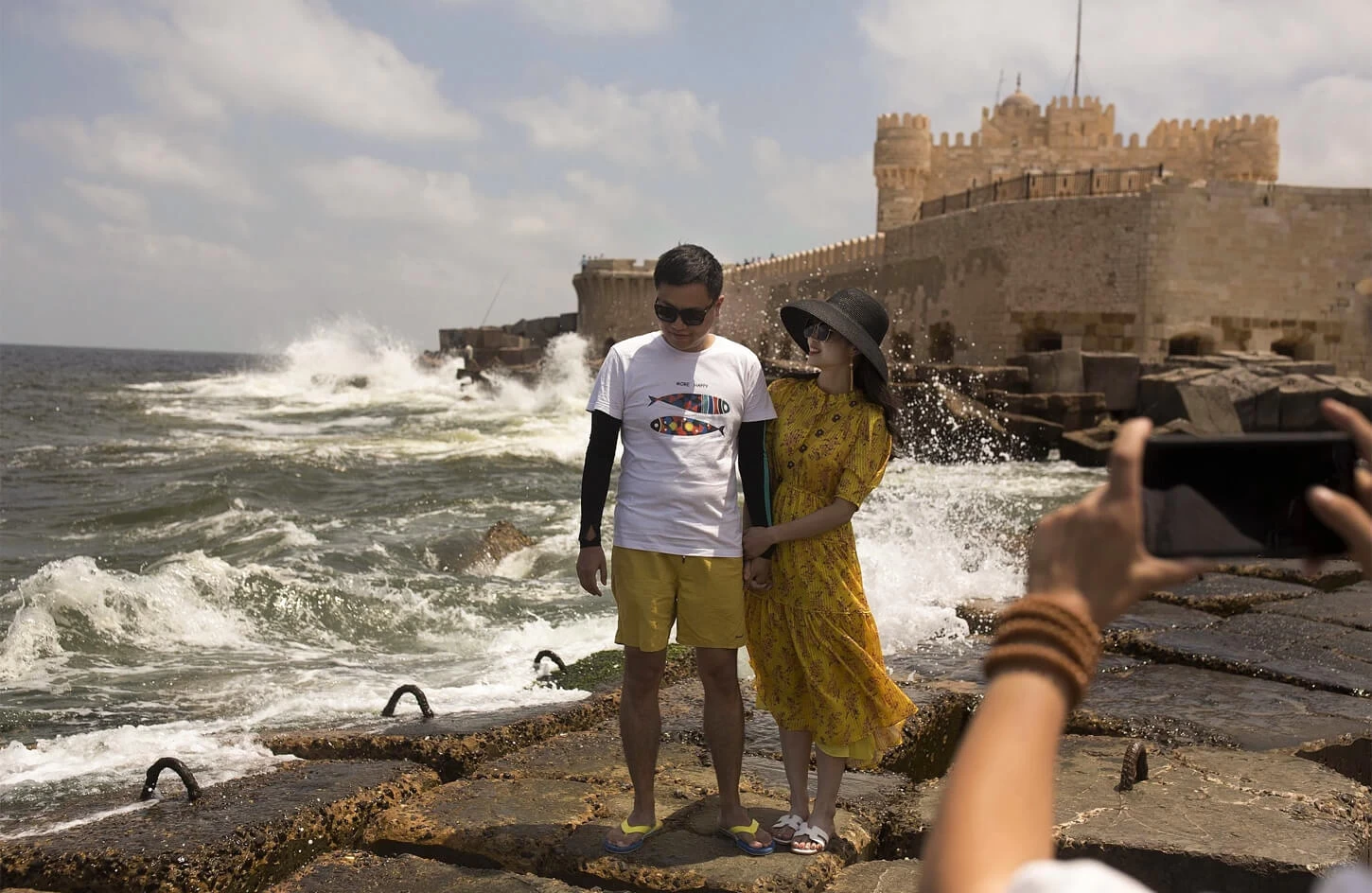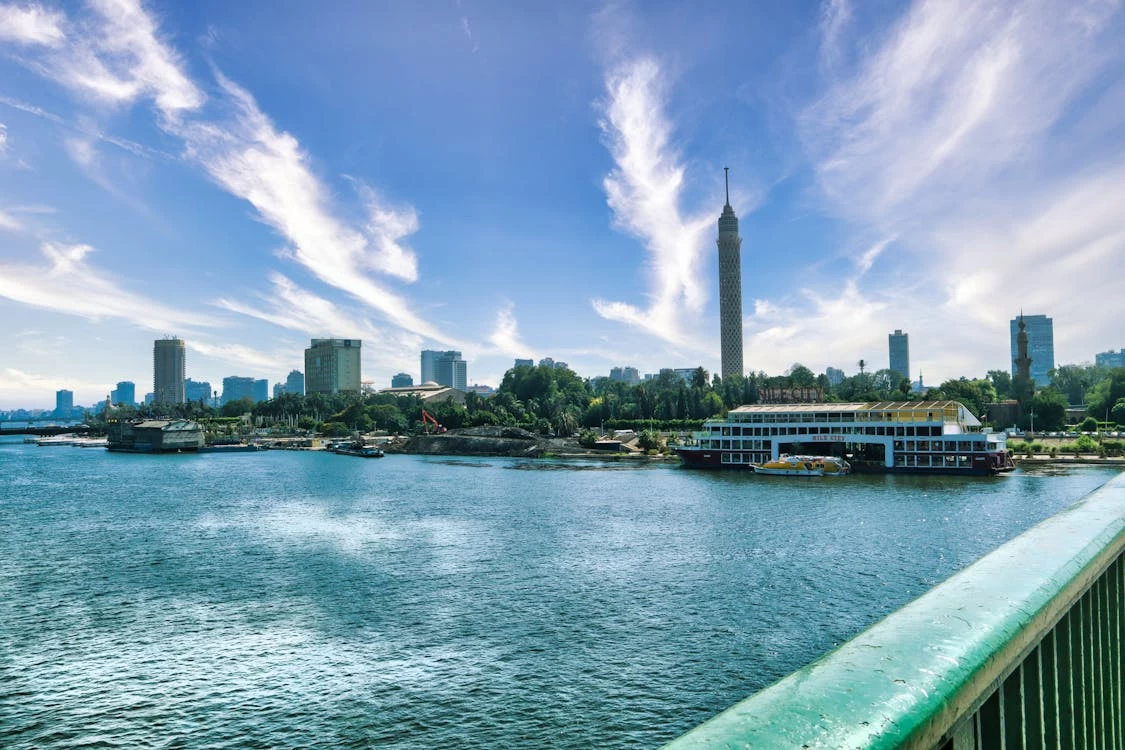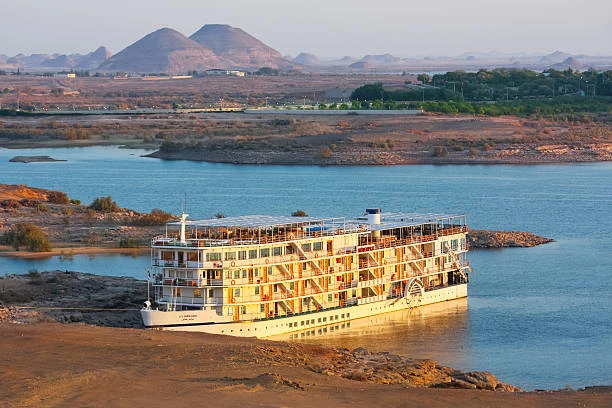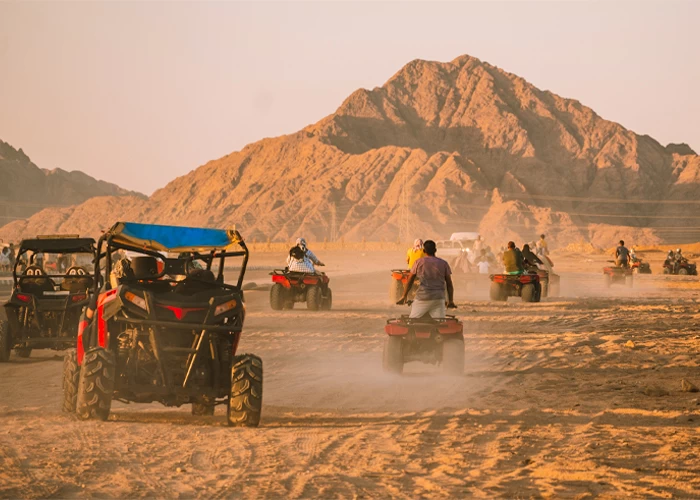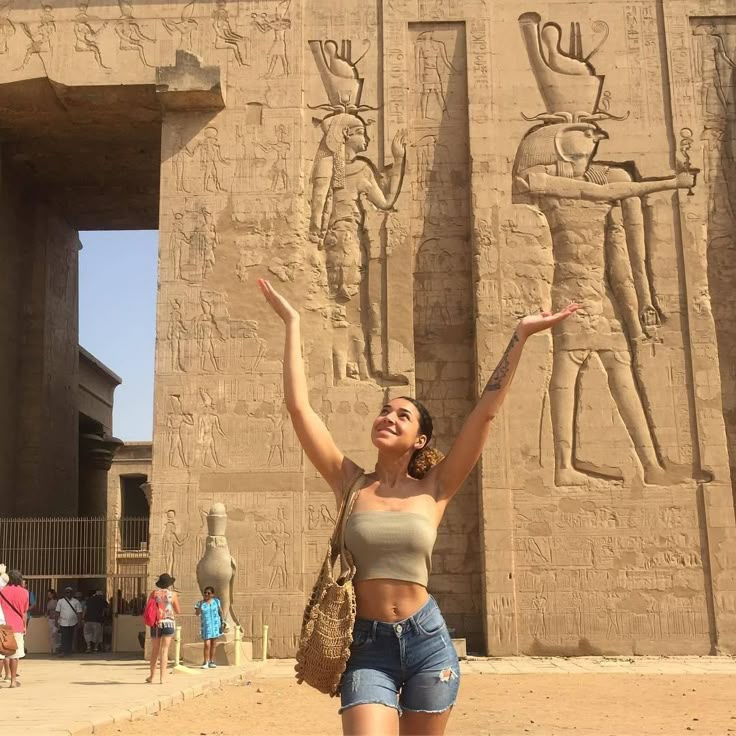Citadel of Qaitbay
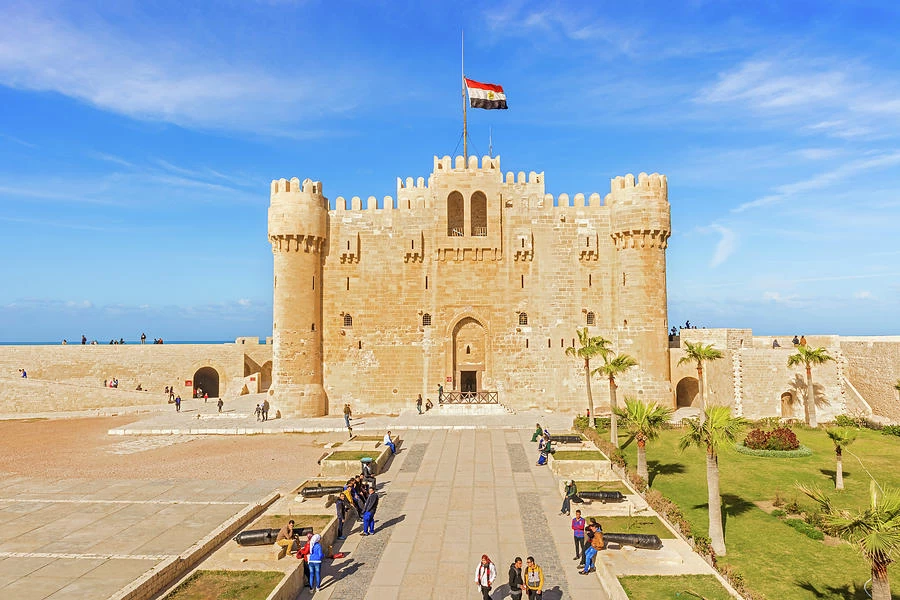
guide to visit the citadel of qaitbay
Qaitbay Citadel, an old fortress in Alexandria, is among the spots you must visit when you are on your Egypt trips. It's a time-traveling adventure with its fascinating history and stunning views of the Mediterranean Sea. Here is a guide on how to best enjoy your travel.
1. Getting There
The Qaitbay Citadel sits at the entrance of the Alexandria harbor, on the Mediterranean Sea. It's an uncomplicated drive by taxi or bus from the center. If you are coming from the Alexandria Library and other main attractions, it's driving distance.
2. Best Time to Visit
The best time to visit the Citadel is between October and April during the cooler seasons of the year, as this is when it is pleasant and optimal to visit. Late afternoon or early morning are the best times to travel in order to avoid crowds of people and to take pictures of the stunning seascape in warm sunlight.
3. Major Highlights Within the Citadel
The Fortress: The citadel walls and towers were originally built to protect Alexandria from sea-borne attacks. Walk around the exterior and appreciate the architectural cleverness of the Mamluk era.
The Mosque of Qaitbay: Inside the citadel lies the mosque, a sophisticated example of Mamluk architecture with beautiful ornamentation and a serene atmosphere.
The Tower and Views: Head to the citadel roof for a panoramic view of the Mediterranean Sea and coast of Alexandria. It's also a wonderful place for taking some snaps and resting.
Maritime Museum: Available in the neighborhood, the Maritime Museum holds those items that constitute Egypt's marine history, things from ancient times to modern days included.
4. What to See Nearby
Alexandria's Corniche: After visiting the Citadel, stroll along Alexandria's scenic Corniche and take in harbor and Mediterranean Sea views.
The Alexandria Library: A brief walk away is the Bibliotheca Alexandrina, one of the world's most famous libraries and an architectural marvel to see.
5. Visiting Tips
Wear Comfortable Shoes: There are several steps and uneven surfaces within the citadel, so dress comfortably.
Bring Water and Snacks: The weather of Alexandria is sunny and hot, especially in the summer, so do carry water.
Guided Tours: If you want to learn more about the Citadel's history and background, take a local guide or rent an audio guide.
6. Entry Fee
There is a small entry fee to visit the Citadel of Qaytbay, and it’s worth the cost for the rich history and spectacular views you’ll experience.
7. History and Significance
It was built in 1477 by Sultan Qaytbay of the Mamluk Sultanate as a fortification against the danger of Ottoman onslaughts on Alexandria. It is built on the ruins of the Pharos Lighthouse, one of the Seven Wonders of the ancient world. The citadel witnessed a lot of historical moments and stands today as a legendary hallmark of Alexandria's rich history.
facts about citadel of qaitbay
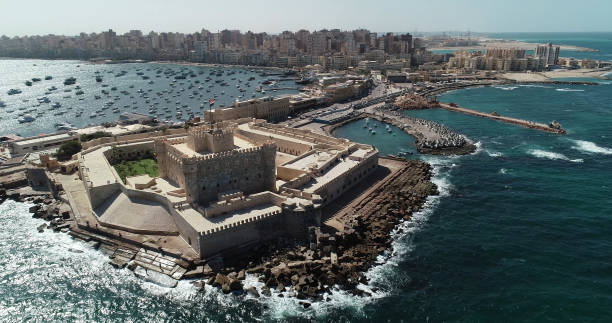
Interesting tidbits about the Citadel of Qaitbay:
Historic Importance: Mamluk Sultanate Sultan Qaytbay built the Citadel of Qaitbay in 1477 to defend Alexandria against sea raids, particularly from the Ottomans.
Ancient Land Soil: The citadel was built on soil upon which the ancient Pharos Lighthouse, considered one of the Wonders of the Ancient World, was reduced to ground level by earthquakes during the 14th century.
Mamluk Architecture: The citadel itself is a model of Mamluk architecture and is distinguished by stupendous walls, towers, and fortifications. It is representative of the importance of the building as far as military observation is concerned in the 15th century.
Strategic Location: The Qaitbay Citadel is located in a strategic location at the harbor entrance of Alexandria with a perpetual look out over the Mediterranean Sea, which was important to function as a defense location.
The Tower: The citadel features an incredible tower that gives tourists breathtaking views of the Alexandria coast and Mediterranean and is hence a photographer's paradise.
Role in Egyptian Defense: The citadel played a very crucial role in defending Alexandria against pirate invasions and other invasions in the Mamluk period. It also served as a military camp for decades.
Mosque Inside the Citadel: The Citadel of Qaitbayhouses is a mosque, a brilliant specimen of Mamluk architecture with exquisite minute details and an amazing prayer hall.
Maritime Museum: A Maritime Museum is also located near the Citadel, which presents Egypt's sea history and seagoing items, some of which address the defensive role of the citadel.
Restoration Work: Over the years, the Citadel of Qaitbay has undergone numerous restoration work activities to preserve its historical framework and convert it into a renowned tourist destination for visitors.
Tourism Attraction: Today, the Citadel of Qaitbay is one of the most prominent tourist attractions, attracting tourists from across the globe with its history, architectural splendor, and stunning Mediterranean scenery.
the history of the citadel of qaitbay
The Citadel of Qaitbay is an old historic citadel established in the late 15th century and represents one of Alexandria's most emblematic landmarks. Here is an overview of its history:
Foundation and Purpose (1477)
The Qaitbay Citadel was built in 1477 by Sultan Qaitbay, a Mamluk Sultanate leader, to defend the city of Alexandria against potential invasions, especially from the Ottoman Empire. The citadel was built on the site where the ancient Pharos Lighthouse, which was among the Seven Wonders of the Ancient World, was leveled by earthquakes in the 14th century. Sultan Qaitbay decided to construct the citadel as a fortress at the harbor entrance of Alexandria as a defense military fort.
citadel of qaitbay its role in egypts naval history
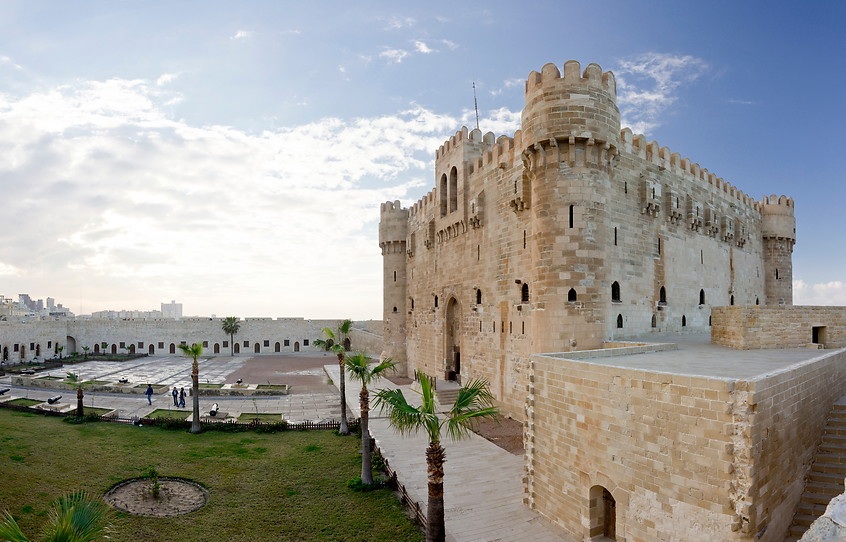
The Qaitbay Citadel, built in 1477 by the Mamluk Sultanate Sultan Qaitbay , was a critical component of Egypt's sea history and particularly for harbor protection of strategic Alexandria harbor. It defended at the harbor mouth and was a most critical defensive fortification against sea-borne assaults, mainly from the then-emerging Ottoman Empire and sea pirates.
The citadel's high walls, watchtowers, and gun emplacements allowed it to control the Mediterranean Sea and protect Egypt's significant sea trade routes. It was Egypt's seapower during the Mamluk era and played a significant role in dominating the Mediterranean region. The citadel's defensive works ensured the security of Alexandria's port, a significant hub for trade and military operations. Even after the Ottoman conquest, the citadel still represented Egypt's sea past and the importance of coastal defense within the nation's maritime history.
tips for capturing the beauty of the citadel of qaitbay
Certain tips for photography that will allow capturing the grandeur of the Citadel of Qaytbay include the following:
Golden Hour Photography: Take photos of the citadel during the hours of sunrise and sunset in order to capture golden, soft lighting.
Wide-Angle Camera: Take a wide-angle photograph of the complete citadel along with its scenic setting.
Architectural Details: Zoom in on intricate details like arches, carvings, and the mosque for close-up shots.
Panoramic Views: Climb the tower for breathtaking, panoramic views of Alexandria and the Mediterranean.
Water Reflections: Obtain the citadel's reflection in the harbor for a dramatic shot.
Leading Lines: Employ the walls of the citadel or the walkways to create depth and direct the eye to the subject.
Include People: Place locals or tourists to show the activity and scale of the citadel.
Light and Shadows: Enjoy the strong contrast between light and dark to make dramatic photos.
Aerial Shots: Take creative bird's-eye shots of the citadel and coast using a drone.
